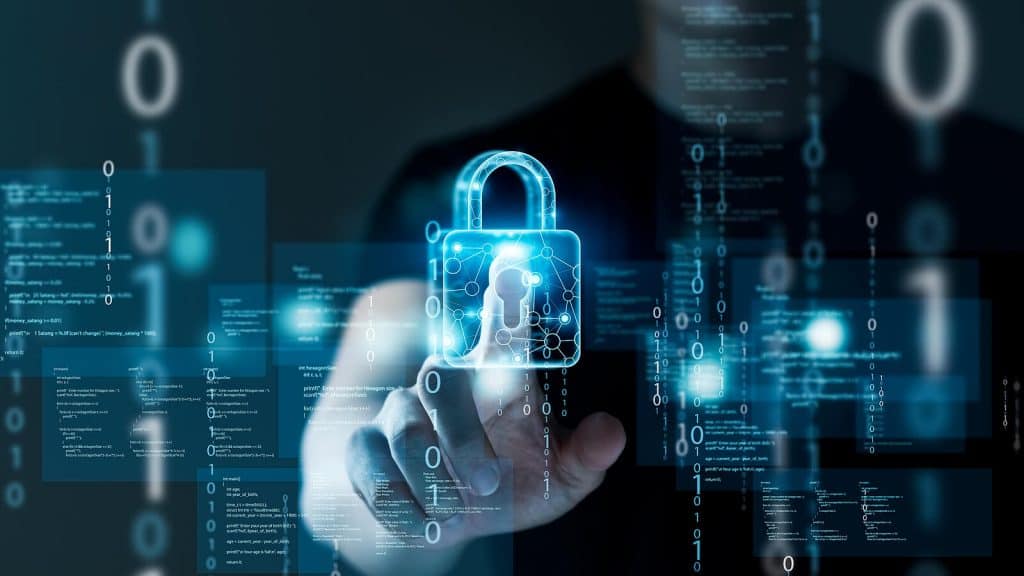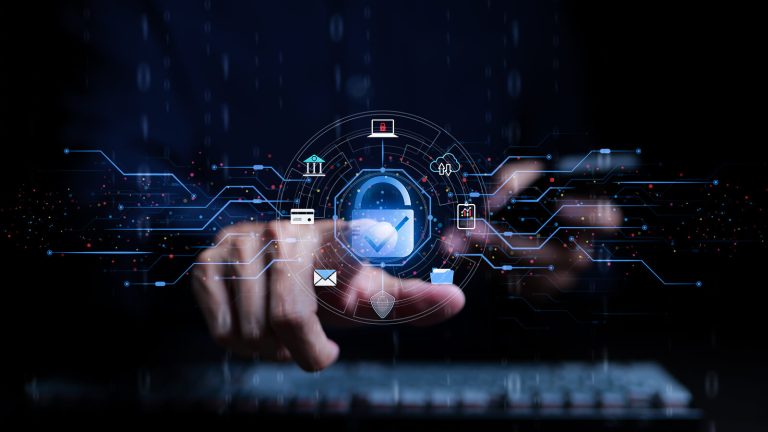Read on to get practical tips for improving cybersecurity in a remote work environment.
Table of Contents
ToggleRemote work is becoming more and more popular among both employers and staff. Since 2009, the number of people in remote work globally has increased by 159%. Today, more than 58% of the US workforce work in remote settings.
Remote workforce management software, messaging, and meeting apps have removed many of the social barriers of remote work. 77% of employees say they’re more productive working from home, and they also cite a better work-life balance as a positive benefit.
However, one problem that employers must overcome remains for remote work to be a viable long-term option—the challenge of providing effective cybersecurity in a remote work environment.
The Challenges of Cybersecurity in a Remote Work Environment
There are limited numbers of risks in an office environment that your IT security team must account for. When you move that environment to someone’s home, the risks multiply, and the risks are less predictable and they can vary case by case.
That doesn’t mean that securing a home office is an impossible task. It just means there are more potential risks to account for. Starting with a clear cybersecurity policy for your remote staff to follow is always a good way to begin.
Securing a Home Network
Home networks are not inherently more vulnerable than business wifi. However, many people don’t take the simple steps needed to secure their home network. This is because there’s little need to do so for personal use, beyond setting a password.
When you’re using a home network for business, though, there are additional precautions you need to take. Set a strong password that is different from the password supplied with your router. Your ISP may have a settings page you can access to do this.
If not, type 192.168.1.1 into your browser address bar to access your router’s settings. You can also use this page to set up network encryption (This should be set to WPA2 by default, set it to this if it’s not.).
Make sure that your work device is not accessible to your home group. You may have a shared homegroup set up to share files and programs with multiple devices easily. If you’re using your PC/laptop for business use, this becomes a vulnerability.
Controlling Third-Party Access
This leads us to the main issue with home office working, controlling third-party access. You might think your home office is more secure from outside sources. What about your family, though? We all know that it’s hard to keep kids out of a home office at the best of times.
Just try explaining the importance of data security to a five-year-old. Go ahead. I’ll wait. I’m joking, of course, but this can be a serious issue for businesses. You don’t want to accidentally grant your family access to the office servers when data protection laws are to consider.
You can limit network access to specific MAC addresses through a home router for additional personal security. For businesses, it’s best practice to authenticate all external access requests as though they are brand new, checking access credentials each time.
Provide the Right Tools for Your Remote Employees
Not every employee will have the same level of technological knowledge. Also, different employees will have different existing levels of security at home. Avoid both of these potential issues by providing secured equipment for your personnel.
Company Equipment
A company laptop or desktop can come with your preferred security options pre-installed. You can supply this to employees and a step-by-step guide to follow for securing their device at home. Don’t make the mistake of assuming all employees know how to be data secure.
Security & Remote Monitoring Apps
Having a robust antivirus and anti-malware package installed on your employees’ devices is necessary. Ideally, this should update from your central server on a scheduled basis. Your internal systems should also be able to validate a device’s security level before granting access.
Remote monitoring apps can be controversial, and some employees see them as big-brother-style surveillance tools. As an employer, they can be a valuable tool to ensure employees are not exposing vulnerabilities in your network.
For example, allowing backdoor access by opening harmful emails or accessing malicious sites. You have much more freedom to install and operate this kind of monitoring software when an employee is using company equipment.
Notifying employees in advance and explaining the reasoning can help to smooth out any potential controversy.
Cybersecurity in a Remote Work Environment – Best Practice Guide
A lot of the IT security practices you operate as standard in an office environment can also be effective in a remote setting. Good data security is good data security anywhere you practice it.
Define Your Security Policy
As we mentioned earlier, the best place to start is with a clearly defined cybersecurity policy. You probably have an IT policy that employees agree to as new hires. Create a similar document for the remote environment.
Clearly stating expected behaviors can help keep employees focused on security. It’s often the more casual atmosphere of a home office that encourages a lower standard of security adherence. Process mapping your policy will help staff stay secure.
Secure Your Webcams
External devices like webcams can be potential vulnerabilities in a security system. When it comes to webcams specifically, fitting a lens cap when not in use can help. For other external devices, you should consult with your IT security professionals for specific advice.
Use A VPN
Using a VPN (Virtual Private Network) to protect your devices is a standard IT security procedure. When employees are accessing this from remote locations, there are extra steps you need to take to keep that VPN connection secure.
You certainly already use access credentials (usernames and passwords) for your employees to access the network. Combine this with two-factor authentication for an additional layer of security. Then employees can verify logins using your VoIP phone systems or similar.
Centralized Data Security
Make sure your employees aren’t storing sensitive data outside of your centralized storage solution. Always provide access to cloud or server-based remote storage. Make sure your employees know they should never store business data locally.
Perhaps you have a cloud-based contact center solution like a CRM system. Host a virtual environment for your CRM and have employees log in to this remotely. Then you can be sure that all customer and business data stays within your systems.
Cybersecurity Training for Remote Work Employees
Recent data tells us that 54% of IT security professionals say remote working adds data security risks. Yet, research tells us that only 55% of businesses provide IT security training more than once a year.
Keeping your employees updated on security procedures is essential to data security. Phishing scams and cyber-attack methods are evolving all the time. This means security procedures should be updated regularly.
Conclusion – Cybersecurity in a Remote Work Environment
Your staff will only be prepared for the IT security demands of remote working if you provide the resources for them to learn. IT security training is a good start but you can go further. How about setting up a free virtual phone number for employees to use if they have security concerns?
Like your environmental policy, your security should be a collaboration between your business and your employees. Remember that you’re all working for the same side.




